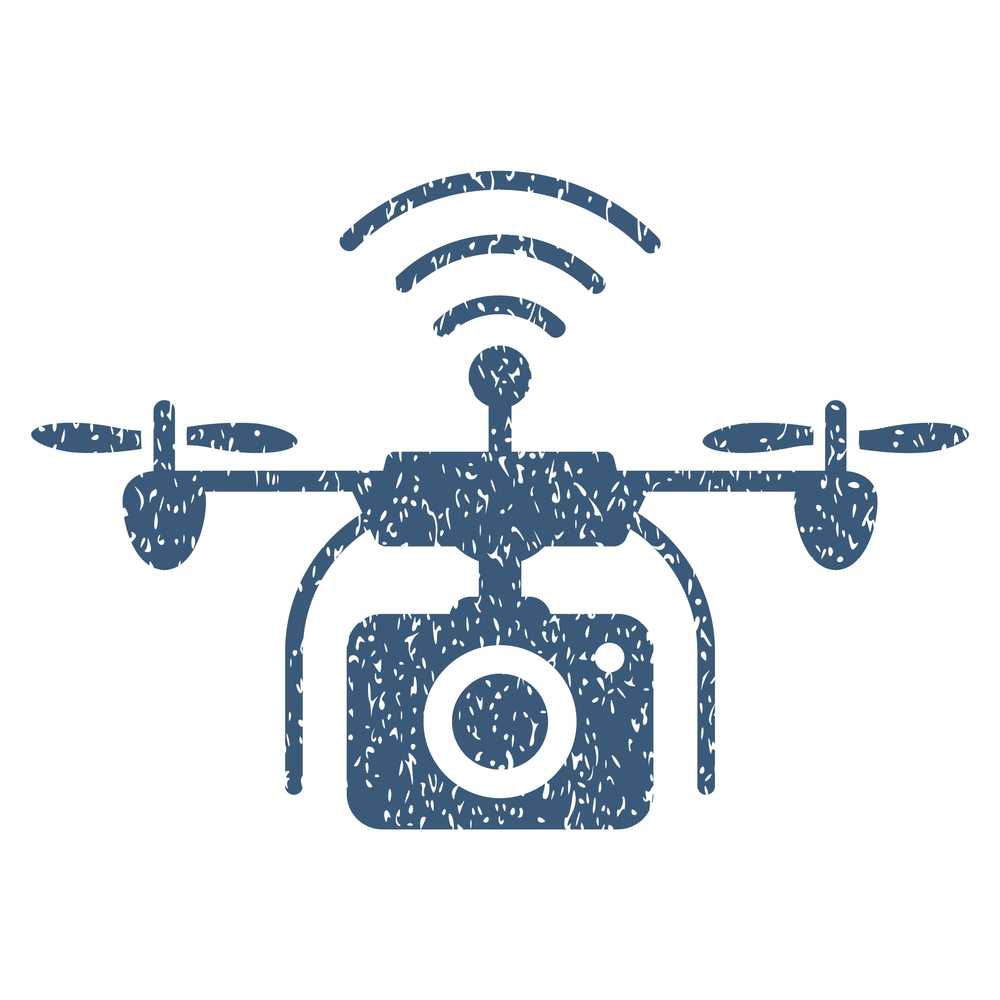
The Defense Advanced Research Projects Agency (DARPA) recently issued a Request for Information (RFI) to identify new technological components to aid its Mobile Force Protection (MFP) program in detecting and neutralizing small unmanned air system (sUAS) technologies.
Rather than end-to-end systems, DARPA is looking for technological components that could augment or complement the MFP systems currently being developed.
The MFP program seeks to create an integrated system capable of defeating self-guided sUAS attacking a high-value convoy in transit. Self-guided sUAS do not use a radio or GPS receiver for their operation. DARPA recently awarded Phase 1 agreements to start MFP research.
“Keeping warfighters safe from small unmanned air systems requires knowing that one or more is coming and removing their potential as a threat while they’re still at a safe distance,” Jean-Charles Ledé, a program manager in DARPA’s Tactical Technology Office (TTO), said. “This RFI aims to help DARPA stay abreast of the latest technologies that could provide those capabilities, and integrate some of the most promising ones into an eventual MFP technology demonstration system.”
DARPA is seeking information on approaches that are scalable, modular, affordable and have small footprints in terms of size, weight, power, and the number of people needed for operation. Technologies must be able to perform a field demonstration by January 2018.
Technologies should be capable of detecting and neutralizing a self-guided sUAS at a distance of one kilometer or greater. Detection technologies should support highly automated operations and be compatible with tactical ground vehicles such as the High Mobility Multipurpose Wheeled Vehicle (HMMWV or Humvee) and the U.S. Coast Guard’s Defender-class 25-foot boat. Neutralization technologies should ensure low collateral damage and low cost per engagement.
DARPA will accept white papers up to three pages plus a cover sheet in length by email until Oct. 2 at 4:00 PM Eastern time. DARPA may then select up to 20 submissions to attend a workshop scheduled for Nov. 8.




